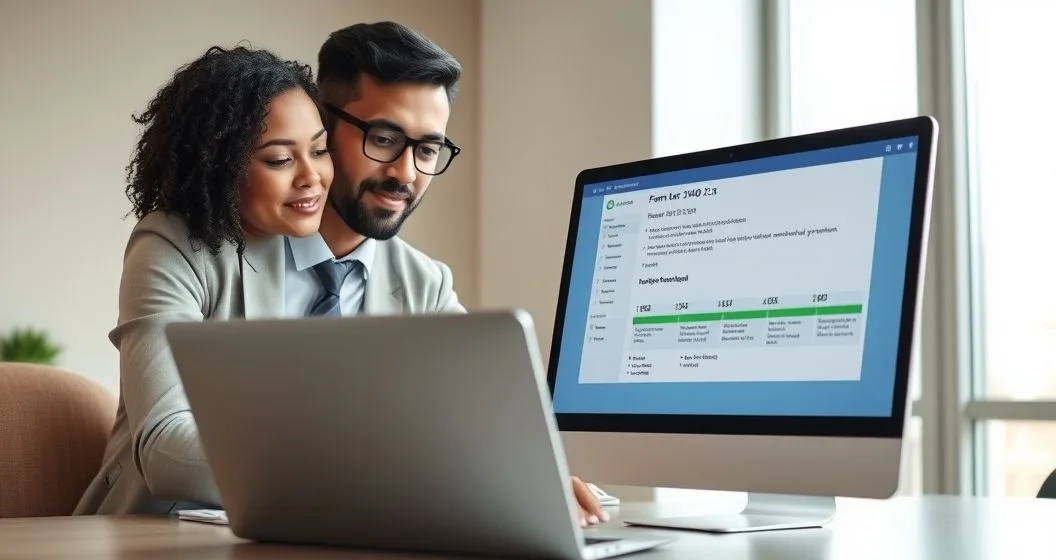Why e-filing matters for amended returns
E-filing reduces mail transit, manual data entry and the chance of a transcription error—three common causes of hold-ups. The IRS began accepting e-filed Form 1040-X in recent years and continues expanding digital processing; this helps many amended returns move through intake and initial checks faster than paper submissions (IRS). Where’s My Amended Return? — IRS.
Typical timelines and what to expect
- IRS published guidance says an amended return may take up to 16 weeks to process; however, timelines vary with method and complexity (IRS). For planning:
- E-filed amended returns: commonly processed in roughly 3–12 weeks in routine cases.
- Paper amended returns: commonly take 12–16 weeks or longer.
These are ranges, not guarantees—cases flagged for identity verification, math checks, additional documentation, or multi-year adjustments can take longer.
Source: IRS guidance on amended returns and the IRS “Where’s My Amended Return?” tool: https://www.irs.gov/filing/wheres-my-amended-return
How e-filing speeds processing (practical mechanisms)
- Instant transmission: data reaches IRS systems immediately instead of days in the mail.
- Automated intake: e-filed returns feed into electronic workflows that reduce manual keying and routing.
- Fewer input errors: most e-file software validates entries, lowering rejects and follow-up requests.
- Faster tracking: electronic submissions usually show receipt faster in the IRS “Where’s My Amended Return?” tool.
Common reasons amended returns still get delayed
- Identity verification or fraud screening.
- Missing or inconsistent supporting documents (W-2, 1099, schedules).
- Changes that require examination (e.g., business income, foreign income, large credits).
- System backlogs during tax season or after large law changes.
Practical checklist to shorten processing time (in my practice)
- File electronically when software supports the amendment—confirm your software or preparer can e-file Form 1040-X (see our guide: Can You E-file Form 1040X?).
- Attach clear documentation: include corrected W-2s/1099s or schedules as prompted by your software.
- Use direct deposit if the e-file option offers it, and ensure bank info matches IRS records.
- Keep copies of submission confirmations and IRS acknowledgement numbers.
- Wait at least three weeks before checking status; then use the IRS “Where’s My Amended Return?” tool or our guide to tracking amended refunds (Tracking an Amended Return Refund: What to Expect).
Internal resources:
- Can You E-file Form 1040X? — https://finhelp.io/glossary/can-you-e-file-form-1040x/
- Tracking an Amended Return Refund: What to Expect — https://finhelp.io/glossary/tracking-an-amended-return-refund-what-to-expect/
Real-world example
In my work helping clients, an e-filed 1040-X correcting a missed education credit cleared intake and showed in the IRS tool within two weeks; refund issued in about five weeks. A comparable paper-filed correction for another client took three months to move from receipt to completion because IRS had to key information and request documentation.
FAQs (short)
- Can I e-file an amended return if my original return was paper-filed? Often, yes—many taxpayers can e-file an amendment regardless of the original method; check your tax software or preparer.
- How soon should I contact the IRS? Wait at least three weeks after e-filing (or up to 16 weeks for paper) before calling; use the online tracking tool first.
Final notes and disclaimer
E-filing usually shortens amended return processing by removing mailing and manual data-entry steps, but it does not eliminate IRS review or potential delays. This content is educational and not personalized tax advice. For guidance specific to your situation, consult a qualified tax professional or review IRS resources:
- IRS “Where’s My Amended Return?”: https://www.irs.gov/filing/wheres-my-amended-return
- IRS general e-file information: https://www.irs.gov/e-file
Published insights reflect professional experience and IRS guidance current as of 2025.



